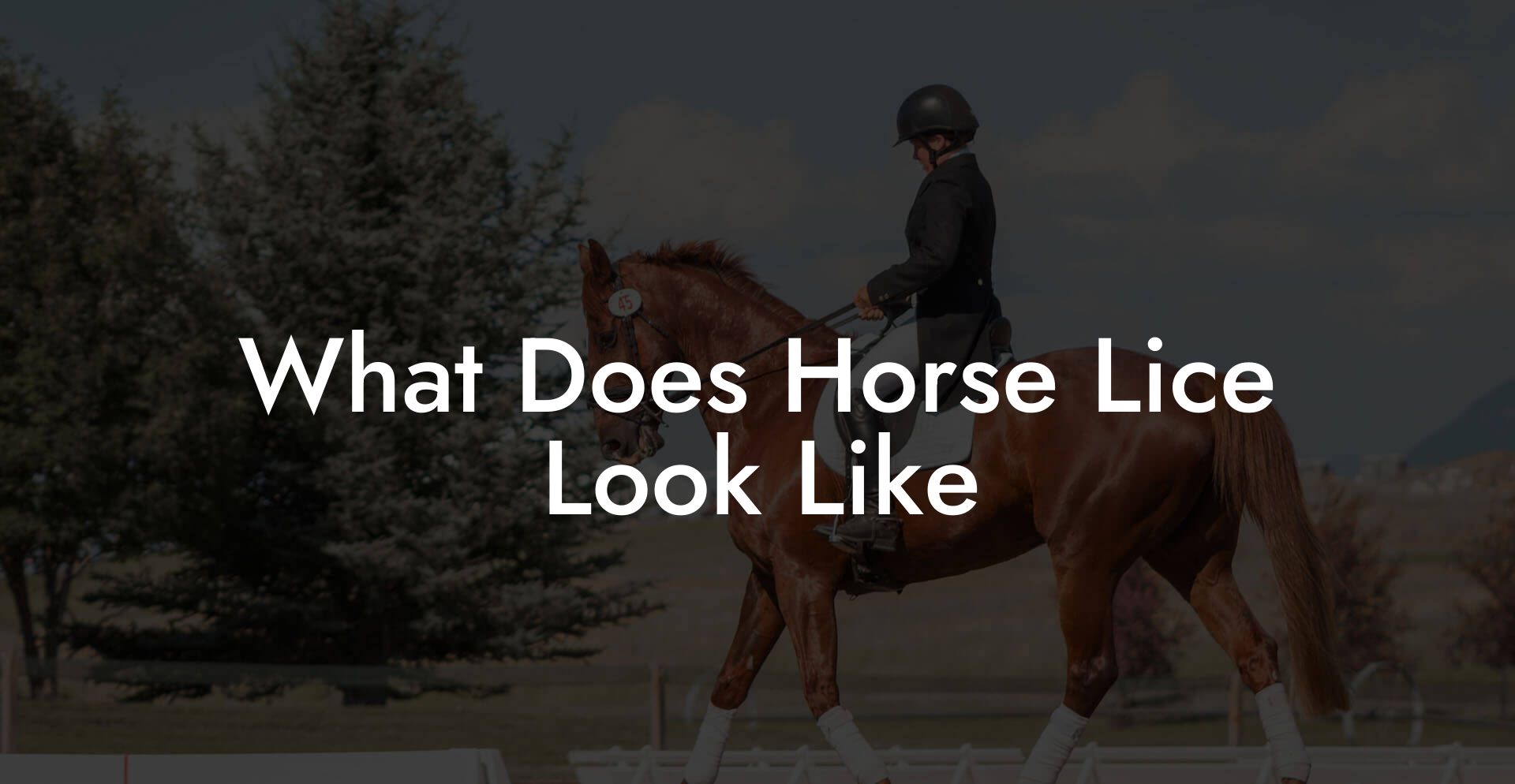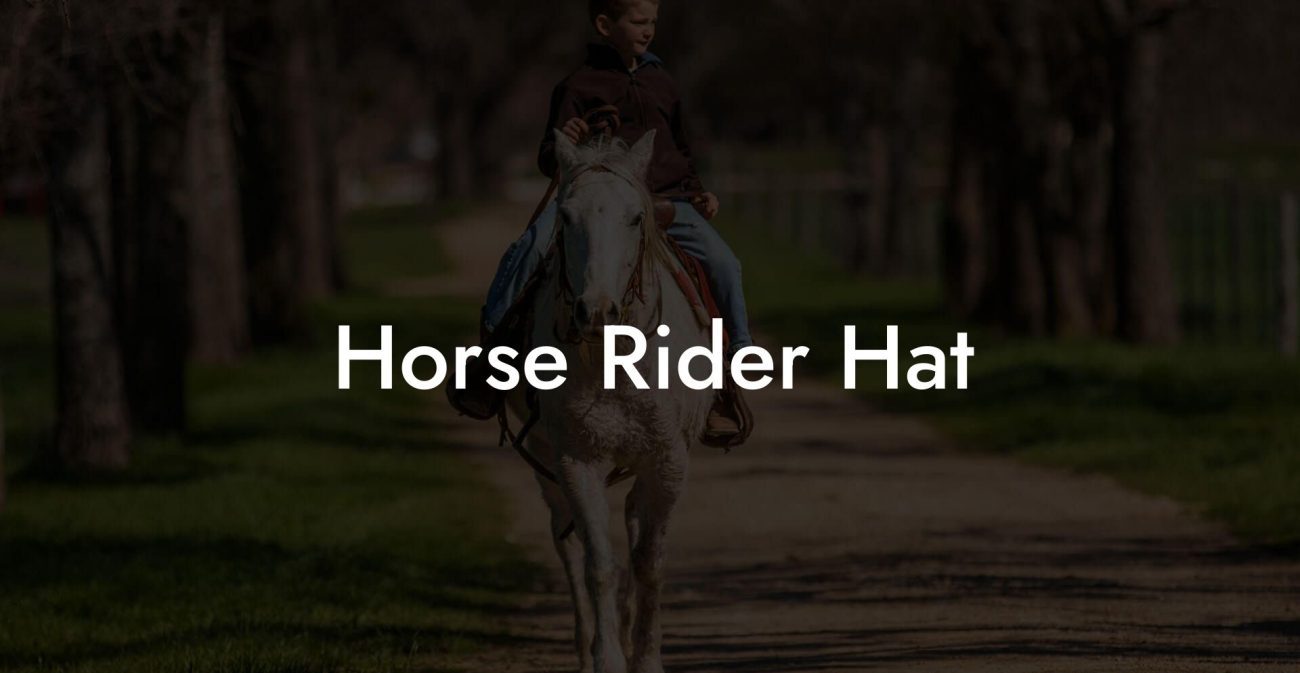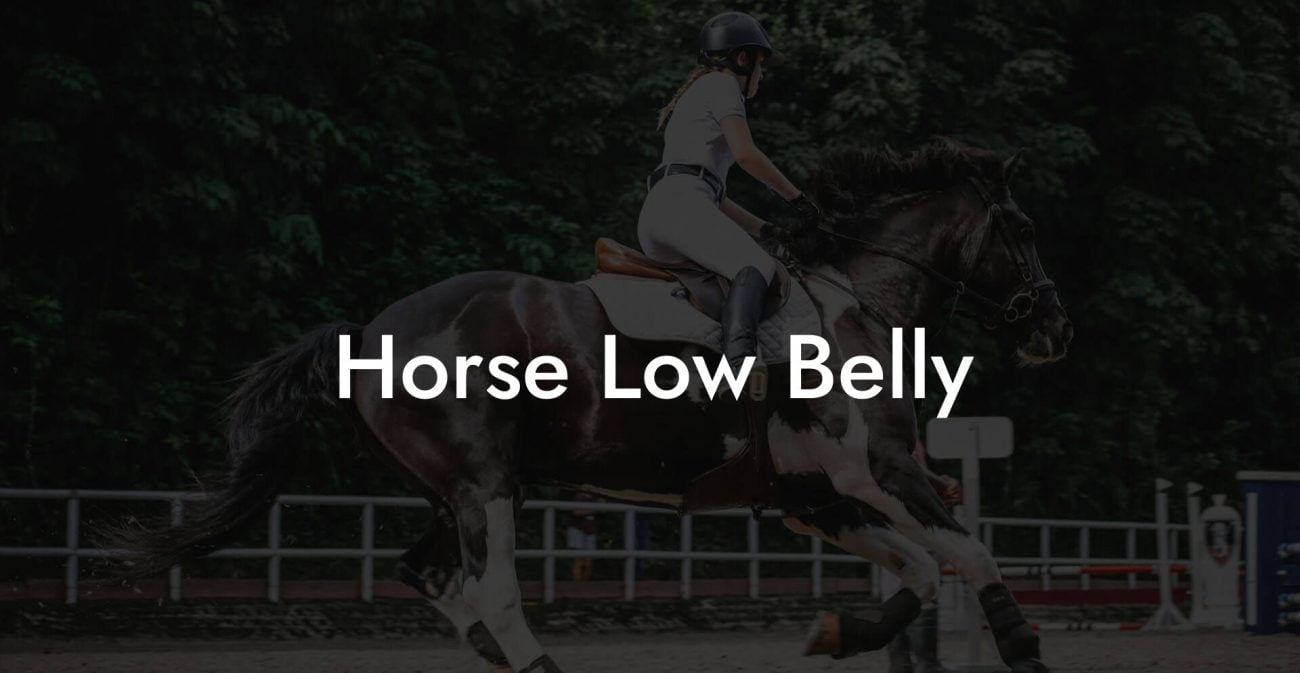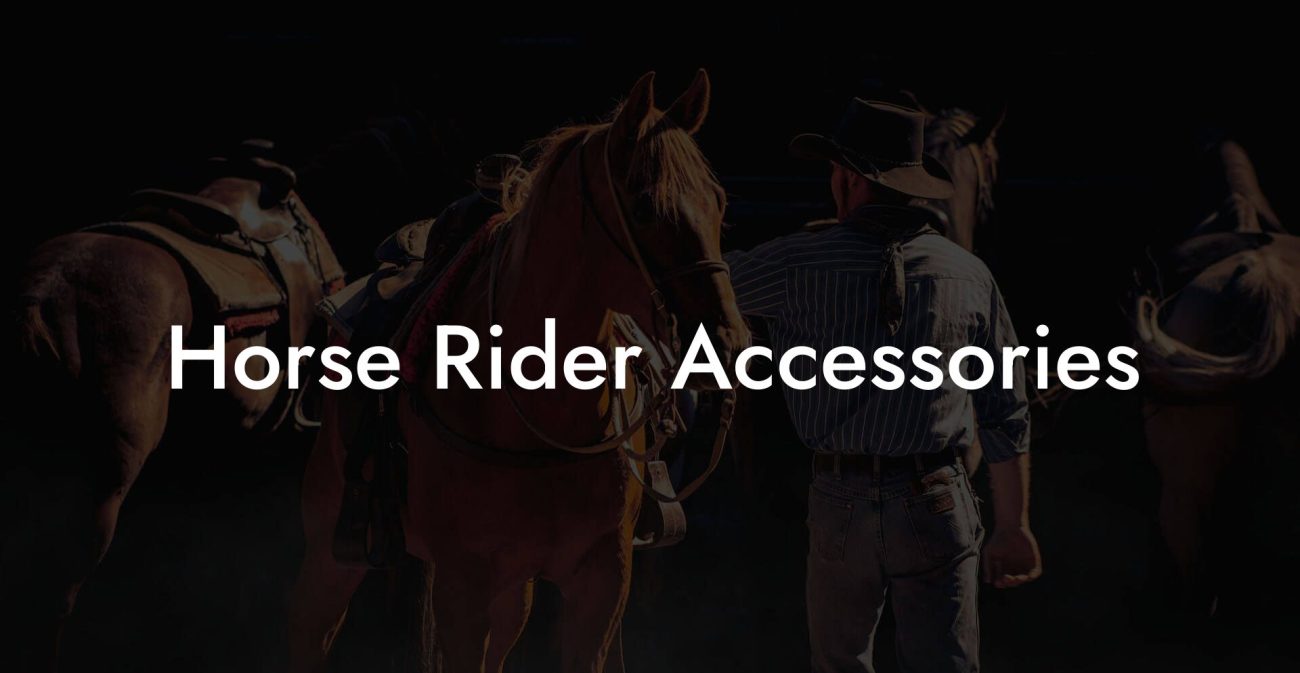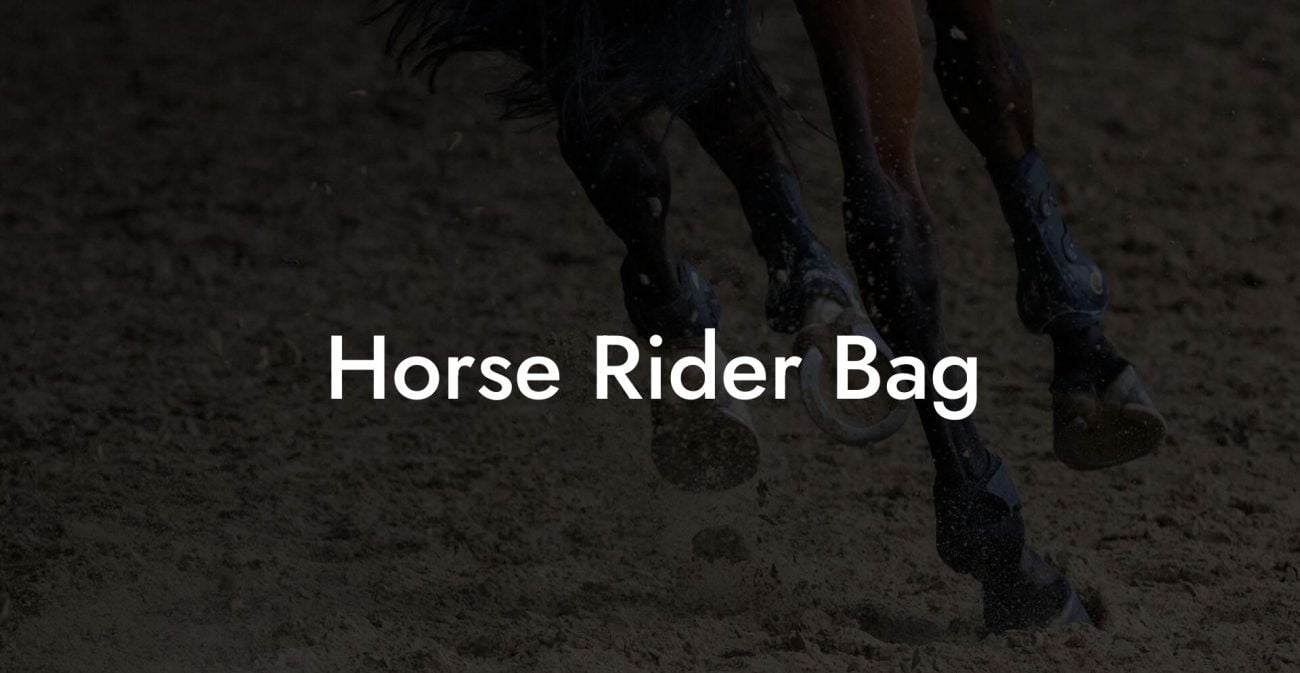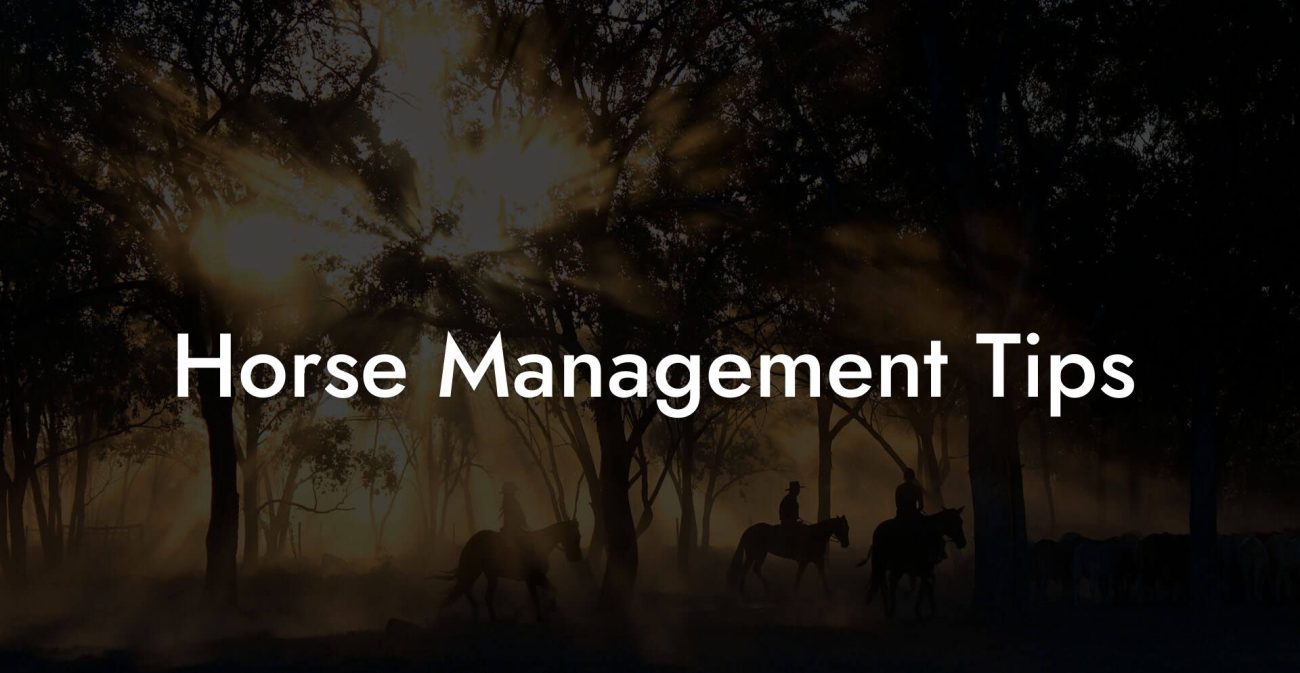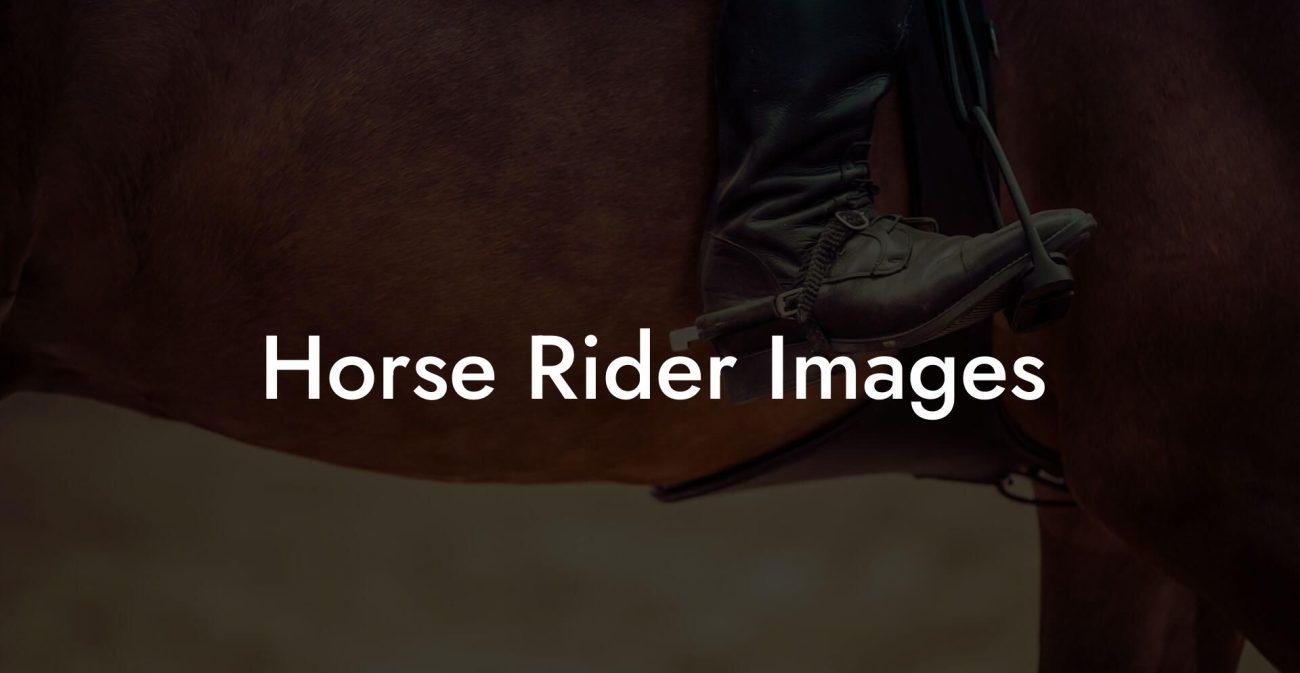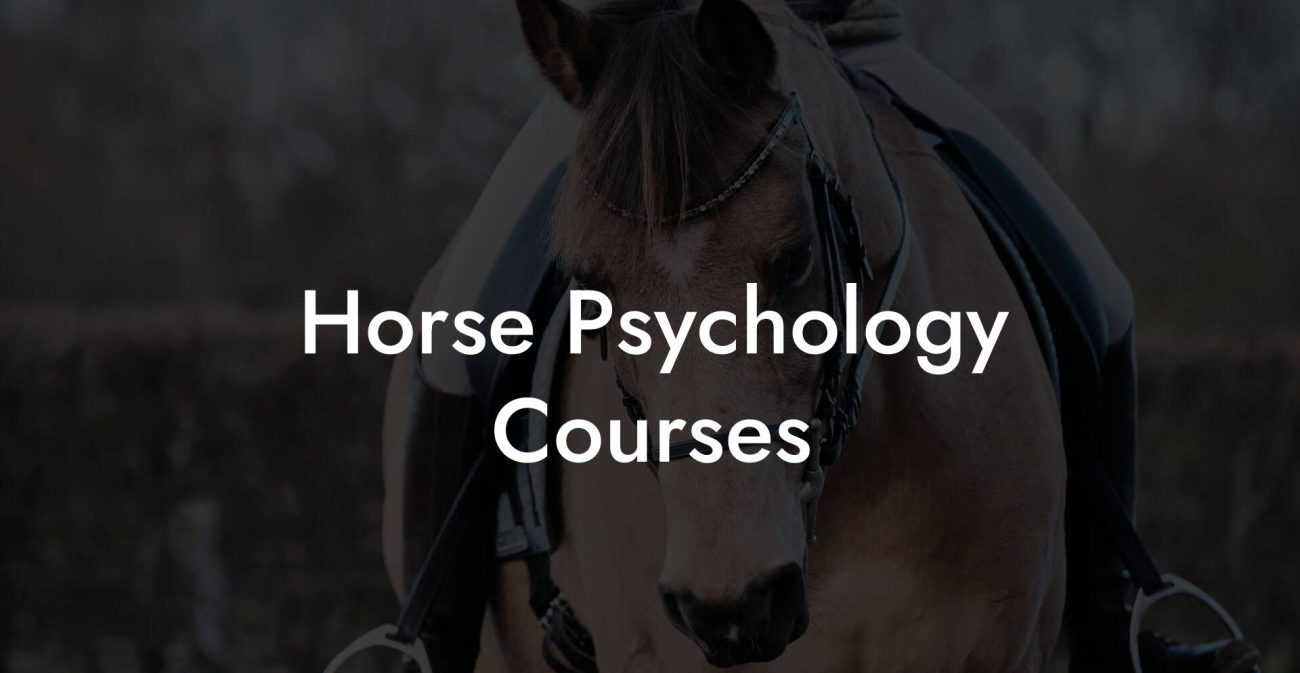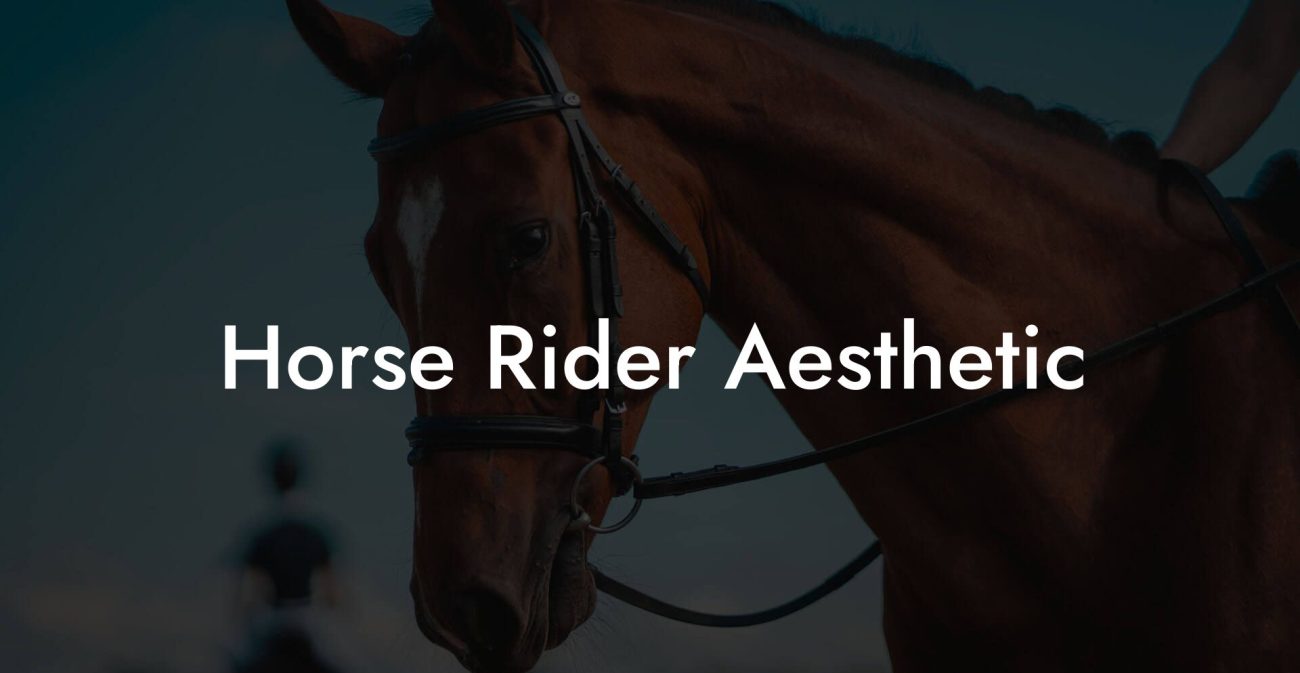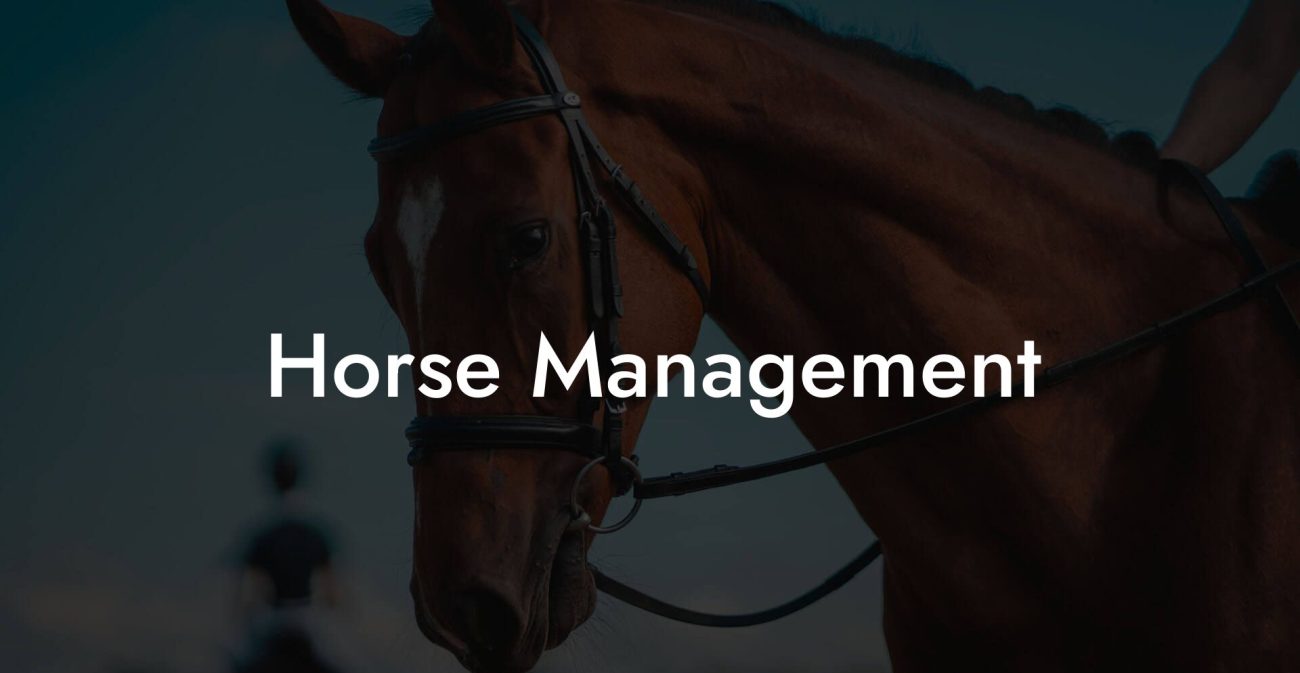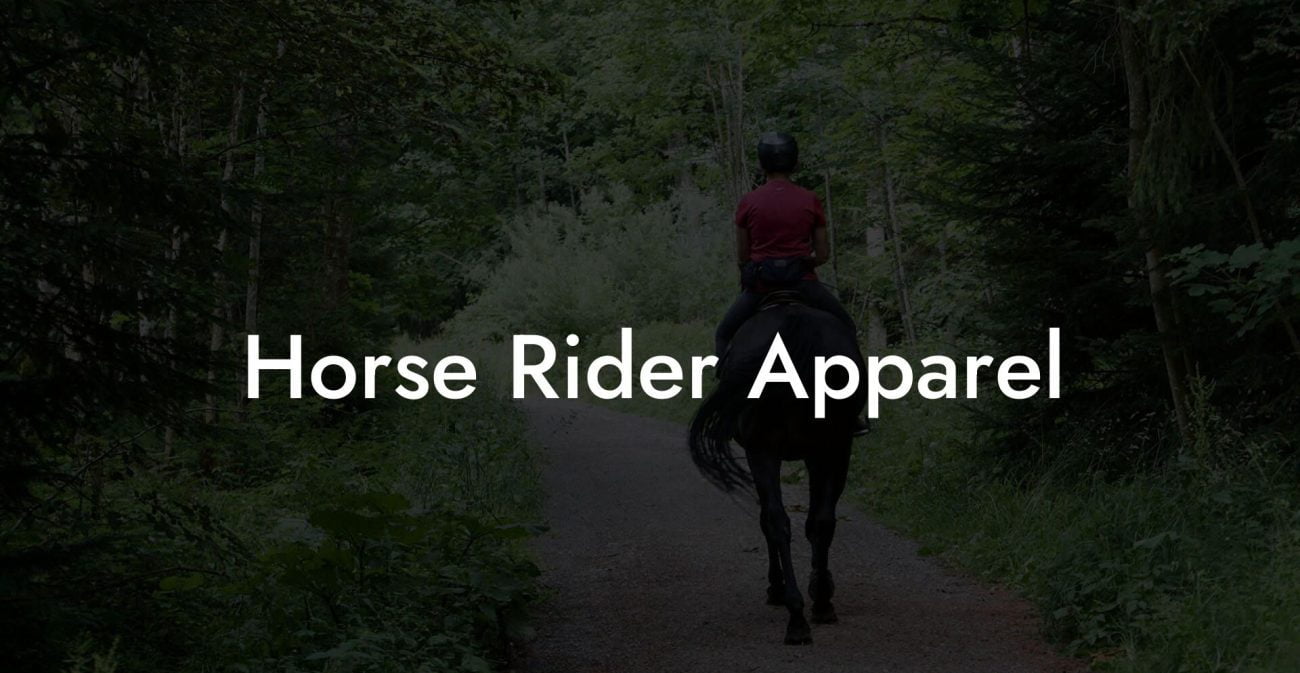Ever wondered what those pesky little critters on your horse look like? Picture a tiny, crafty invader with a taste for equine hair and skin, stealthily making its home on your four-legged friend. In this guide, we’re diving into the curious world of horse lice, where science meets a dash of humor and a whole lot of practical advice. Whether you’re a seasoned equine enthusiast or a Gen-Z rider who just discovered horses via your social feed, this journey through the ins and outs of spotting, treating, and preventing horse lice is for you.
Quick Links to Useful Sections
- Getting Cozy with Horse Lice: What Are They?
- The Life Cycle of a Lice: How They Thrive on Horses
- Visual Clues: How to Spot Horse Lice on Your Equine Pal
- Identifying the Culprits in Action: A Field Guide for the Modern Horse Owner
- Step 1: The Visual Inspection
- Step 2: Look for Behavioral Clues
- Step 3: Check for the Nits
- Step 4: Use a Magnifying Glass
- The Impact: How Do Horse Lice Affect Your Equine Companion?
- Common Myths About Horse Lice Debunked
- Myth 1: Only Neglected Horses Get Lice
- Myth 2: Horse Lice Are Harmless and Will Go Away on Their Own
- Myth 3: Over-the-Counter Solutions Will Always Work
- Tactics and Treatments: How to Obliterate Horse Lice
- Veterinary Treatments and Topical Medications
- Manual Removal and Grooming
- Natural Remedies That Actually Work
- Pest Prevention and Long-Term Management
- Modern Tech in Equine Care: Tools for Early Detection and Monitoring
- Smart Grooming Tools
- Mobile Apps for Equine Health
- Online Veterinary Consultations
- Resources and Community Support: Your Next Steps
- FAQs About Horse Lice: Everything You Need to Know
- Your Journey to a Lice-Free, Happy Horse
Getting Cozy with Horse Lice: What Are They?
Horse lice (scientifically known as Haematopinus asini for sucking lice and Bovicola equi for biting lice) are tiny bloodsuckers and follicle itch-makers that can infest our equine companions. These insects are not as glamorous as a Netflix star, but they’re definitely notorious in the barnyard for causing irritation, itching, and even more serious health issues if left unchecked.
Unlike the invisible algorithms that rule your social media feed, horse lice are visible to the naked eye (if you know what you’re looking for!). They exhibit a distinct look, often tiny, wingless, and with bodies that can range from dull white to light brown. Their subtle differences might be hard to spot at first glance, so don’t be surprised if you find yourself squinting close up during grooming sessions.
This guide is your ultimate resource for understanding these interlopers, from their appearance to their behavior, and how to protect your equine BFF from their itchy clutches. Get ready to become a horse lice-detective with a dash of millennial humor and a serious dose of practical knowledge.
The Life Cycle of a Lice: How They Thrive on Horses
To really understand what horse lice look like, it’s important to get the full play-by-play of their life cycle. Just like your favorite trending series with multiple seasons and unexpected plot twists, horse lice undergo several stages from egg to adult.
- Eggs (Nit Stage): These are tiny, almost microscopic, and sticky little capsules that the lice attach to your horse’s hair shafts near the skin. They may look like minuscule dandruff, but they’re actually the starting line for a potential infestation.
- Nymphs: Once hatched, the nymphs are not huge, they’re just small, immature lice that lack the full coloration and size of their adult counterparts. They’re like the underdogs of the lice world, busy feeding and growing.
- Adults: After molting through several nymphal stages, the lice mature into their full, wingless form. They’re slightly larger than nymphs, more mobile, and ready to suck blood if given the opportunity. Their adult appearance is your biggest clue when checking your horse’s coat.
Each stage of the life cycle is a distinct target for diagnosis and treatment. Knowing where to look, and when, can make all the difference in keeping the infestation under control. Plus, it’s pretty fun to think of these little critters staging their own mini reality show on your horse!
Visual Clues: How to Spot Horse Lice on Your Equine Pal
Let’s cut to the chase: what does horse lice actually look like? Whether you’re checking during grooming or conducting an impromptu barn inspection, here are the main visual cues:
- Color and Size: Adult horse lice are usually around 2-4 millimeters long, with a flat, oval body. Their color can vary from light brown to greyish-white. Think of them as miniature, dull-toned bugs that blend easily with the coat of your horse.
- Shape and Texture: Their bodies are slightly flattened, so they can snugly cling to the hair shafts. They’re not the bouncy kind of insects, you won’t see them flitting around like butterflies. Instead, they’re more like clingy, unwelcome house guests.
- Eggs and Nits: The eggs are the tiniest clues. They are firmly attached near the base of the hair shafts and can look like tiny specks or clumps. You might need a magnifying glass to really appreciate the detail, much like those vintage Instagram filters that make everything crystal clear.
One way to spot an infestation is to look for unusual scratching or head shaking in your horse. If your equine friend starts acting like they’ve just discovered a fly at the dinner table, it’s time to investigate closer.
Keep in mind, not every itch is caused by lice. Allergies, fungal infections, or even dry skin could be the culprit. Nonetheless, a combined observation of symptoms and direct sightings of these critters on the skin or hair is a giveaway.
Identifying the Culprits in Action: A Field Guide for the Modern Horse Owner
So you’re armed with knowledge about their life cycle and what they look like, but how can you tell if your horse has been hosting a lice party? Here’s a step-by-step guide:
Step 1: The Visual Inspection
Start with a thorough grooming session. Use a fine-toothed comb and a bright light to inspect your horse’s mane, tail, and legs. Horse lice love to hide in areas where the hair is thicker and less disturbed.
Step 2: Look for Behavioral Clues
Is your horse scratching or rubbing its head more often than usual? Do you notice them tossing their mane like it’s giving them a fashion statement? These behaviors might be a response to the itching caused by the lice.
Step 3: Check for the Nits
Examine the base of the hair shafts for tiny, case-like structures that could be eggs. They are often difficult to remove and can signal the early stages of an infestation.
Step 4: Use a Magnifying Glass
When in doubt, bring out your tech-savvy side (and a magnifying glass). This little gadget can help you discern the miniature details that are easily missed by the naked eye.
Armed with these steps, you’re now ready to become a detective in your own stable. Remember, early detection is key to stopping a small problem from turning into a full-blown equine crisis!
The Impact: How Do Horse Lice Affect Your Equine Companion?
While the thought of tiny critters munching away on your horse might evoke a comical image, the reality can be far from humorous. Horse lice can cause a gamut of health issues including:
- Skin Irritation and Hair Loss: Continuous scratching can lead to abrasions, secondary infections, and patchy hair loss. Your once-glorious mane could end up looking more like a tousled mop if untreated.
- Stress and Behavioral Changes: Constant discomfort can make your horse irritable and overly anxious, affecting its mood and willingness to be handled. Even the coolest horses have their limits when it comes to persistent itching.
- Spread of Disease: In severe cases, the open wounds resulting from excessive scratching can become gateways for bacterial infections, complicating the situation further.
Preventing lice infestations is not just about aesthetics, it’s also a vital part of keeping your horse comfortable, healthy, and ready to hit the paddock or show ring with confidence.
Common Myths About Horse Lice Debunked
Let’s clear the barn air and debunk some of the common myths surrounding horse lice:
Myth 1: Only Neglected Horses Get Lice
Fact: Even the most attentive and trendy horse owners can sometimes miss early signs of lice. These bugs can strike any horse, regardless of how well they’re groomed.
Myth 2: Horse Lice Are Harmless and Will Go Away on Their Own
Fact: Ignoring a lice infestation can lead to a series of problems. Left untreated, lice can lead to severe skin issues and further health complications. It’s always best to tackle the problem head-on.
Myth 3: Over-the-Counter Solutions Will Always Work
Fact: Not every product on the market is effective. Some treatments might only mask the symptoms or fail against resistant strains. It’s crucial to consult a veterinarian for treatment recommendations tailored to your horse’s needs.
Dispelling these myths helps you take proactive steps, ensuring that your horse maintains its natural shine and vitality without the itchy hassle.
Tactics and Treatments: How to Obliterate Horse Lice
Once you’ve identified the enemy, it’s time to take action with a combination of modern veterinary medicine and sometimes surprisingly natural remedies. Here are some effective tactics:
Veterinary Treatments and Topical Medications
The first line of defense in most cases is a trip to your trusted veterinarian. Topical insecticides, shampoos formulated to kill lice, and systemic treatments may be recommended. These treatments are designed to eliminate not only the adult lice but also those pesky nits clinging to the hair.
Manual Removal and Grooming
While it might not sound like the most Instagram-worthy activity, manually removing lice and nits during a meticulous grooming session can be very effective. Use a nit comb and a fine-toothed brush, and consider gently soaking the mane or coat to loosen any adhesive eggs.
Natural Remedies That Actually Work
For those who prefer a more organic approach, there are several natural remedies that can help keep lice at bay:
- Apple Cider Vinegar: Diluted apple cider vinegar can be sprayed on the coat to create an environment that is less hospitable to lice.
- Essential Oils: Oils like tea tree or lavender have natural insecticidal properties. Always use them diluted, and test on a small area first to avoid skin irritation.
- Herbal Rinses: Infusions made from herbs can be used as rinses during the grooming process. Not only do they help dislodge lice, but they also leave a pleasant aroma.
Combining these treatments with regular, vigilant grooming can make a world of difference. Remember, treating horse lice is not a one-off event, it’s an ongoing process, much like maintaining your favorite social media profile.
Pest Prevention and Long-Term Management
Preventing lice infestations from recurring is your best bet for long-term success. Here are some savvy tips to keep those unwanted visitors away:
- Routine Grooming: Make thorough grooming a regular part of your horse care routine. Frequent checks mean early detection, and easier intervention.
- Stable Hygiene: A clean, well-maintained barn can significantly reduce the likelihood of lice infestations. Regularly wash blankets, grooming tools, and bedding to remove lingering eggs.
- Quarantine New Arrivals: Whether it’s a new horse or a visitor, isolating new arrivals for a brief period can help you avoid introducing lice into your stable.
- Consistent Health Checks: Schedule regular vet visits to monitor your horse’s overall health, ensuring that no underlying issues make it more vulnerable to parasites.
By integrating these preventive measures, you create an environment where both you and your horse can thrive, free from the itchy menace of lice. Long-term management is all about staying one step ahead and turning routine care into a proactive pest-prevention strategy.
Modern Tech in Equine Care: Tools for Early Detection and Monitoring
In the digital era, even the battle against horse lice has gone high-tech. Gone are the days when you had to rely solely on your eagle-eye vision. Today, a plethora of innovative tools and apps can help you monitor your horse’s health with precision.
Smart Grooming Tools
Devices equipped with high-definition cameras and magnification features allow you to capture close-up views of your horse’s skin and coat. Not only can these tools help you detect the early signs of lice, but they also enable you to document infestations and track the effectiveness of treatments over time.
Mobile Apps for Equine Health
There are several mobile apps designed to help horses’ owners track grooming routines, health check logs, and even set reminders for pest control treatments. These digital assistants can ensure that no step in your prevention or treatment plan is overlooked.
Online Veterinary Consultations
When in doubt, a virtual consultation with a vet can provide quick, expert advice. The integration of telemedicine in equine care is making it easier to get prompt guidance without the hassle of travel, ensuring that issues such as horse lice are addressed before they escalate.
Embracing these modern tools not only simplifies your life as an equine caregiver but also empowers you to run a high-tech, health-conscious stable, just like keeping up with the latest tech trends on your smartphone.
Resources and Community Support: Your Next Steps
You’re not alone in the quest for lice-free horse care. The equine community is a supportive network of fellow riders, experienced stable owners, veterinarians, and online forums that are ready to help you master the art of horse hygiene.
Join Online Communities: Dive into online groups and social media communities dedicated to horse care. Platforms like Facebook, Reddit, and Instagram are full of enthusiasts who readily share tips, success stories, and even the occasional viral meme about barnyard antics.
Consult Your Veterinarian: Your local equine vet is an invaluable resource. Many offer informative workshops, free consultations, and personalized advice tailored to your horse’s needs. Don’t hesitate to book a session if you’re ever in doubt about an infestation or treatment.
Explore Trusted Equine Blogs and Magazines: Digital magazines, blogs, and YouTube channels run by seasoned equine experts are treasure troves of practical advice. They offer everything from product reviews to deep-dive discussions on the latest pest management techniques.
Local Equine Associations: Many regions have local horse associations and clubs that provide resources, training seminars, and community events. These gatherings not only offer valuable hands-on learning but also create lasting bonds among horse enthusiasts.
Educational Webinars and Workshops: Look for webinars hosted by veterinary schools and equine care experts. These sessions often cover topics ranging from general horse health to advanced parasite management strategies.
Each of these resources is part of a larger network designed to support you in maintaining the optimum health of your equine companion. Whether you're troubleshooting an active infestation or setting up a foolproof prevention plan, the community is there to lend a virtual helping hand.
FAQs About Horse Lice: Everything You Need to Know
Check out these frequently asked questions that cover the basics and beyond when it comes to horse lice:
1. What exactly does horse lice look like?
Horse lice are small, wingless insects that measure around 2–4 millimeters. Their color varies from light brown to greyish-white, and they tend to cling to the hair shafts of your horse.
2. How do I know if my horse has a lice infestation?
Look for signs like excessive scratching, head shaking, and patchy hair loss. A close inspection with a fine-toothed comb and magnifying glass may reveal tiny insects or attached nits.
3. Can horse lice affect my horse’s overall health?
Yes, an infestation can cause skin irritation, itching, and even lead to secondary infections if the affected areas become open wounds from excessive scratching.
4. Are there natural remedies that work against horse lice?
Many horse owners use natural remedies such as diluted apple cider vinegar, essential oils, and herbal rinses to create a less inviting environment for lice. However, these should be used in conjunction with proper veterinary advice.
5. How can I prevent horse lice from returning?
Maintain routine grooming, keep your stable clean, quarantine new horses, and schedule regular veterinary check-ups. Using modern tools and staying engaged with the equine community also helps in early detection.
6. Is it hard to treat a lice infestation once it’s discovered?
Treatment can be highly effective if caught early. A combination of topical medications, thorough grooming, and natural remedies, as advised by your vet, can clear up an infestation quickly.
7. Can modern technology really help with detecting horse lice?
Absolutely. High-definition tools, mobile apps, and virtual vet consultations make monitoring and early detection much easier, effectively turning pest control into a digital-age routine.
8. What should I do if over-the-counter treatments don’t work?
If you’re not seeing improvement, it’s important to consult a veterinarian. They can diagnose any underlying issues and recommend a more targeted treatment plan.
Your Journey to a Lice-Free, Happy Horse
Taking on the challenge of managing horse lice might seem daunting at first, but with the right knowledge and tools, you can transform this task into a routine part of your equine care regime. Each step, from a keen visual inspection to embracing modern technology, brings you closer to a stable that’s as pest-free as it is vibrant.
Treating horse lice isn’t merely about eliminating an annoyance; it’s about ensuring that your equine companion lives a life filled with comfort and confidence. A horse without constant skin irritation or discomfort is better positioned to shine, whether in a competitive arena or while grazing peacefully in the pasture.
Remember, the journey to mastering equine care is a team effort. Rely on your community, stay informed with new techniques, and never skip that crucial daily inspection. With persistence and the right support, your horse will continue to be the confident, energetic friend that it always was.
So go ahead and make horse care a priority, arm yourself with knowledge, schedule that extra grooming session, and make it your mission to keep your horse looking fabulous. After all, whether you’re sharing your journey on TikTok or just enjoying a quiet moment in the barn, every step you take is a step toward a healthier, happier horse.
Embrace the challenge, trust in your skills, and enjoy the ride towards a lice-free, thriving stable. Your horse deserves nothing less than the best care, so get out there and show those pesky lice who’s boss!

